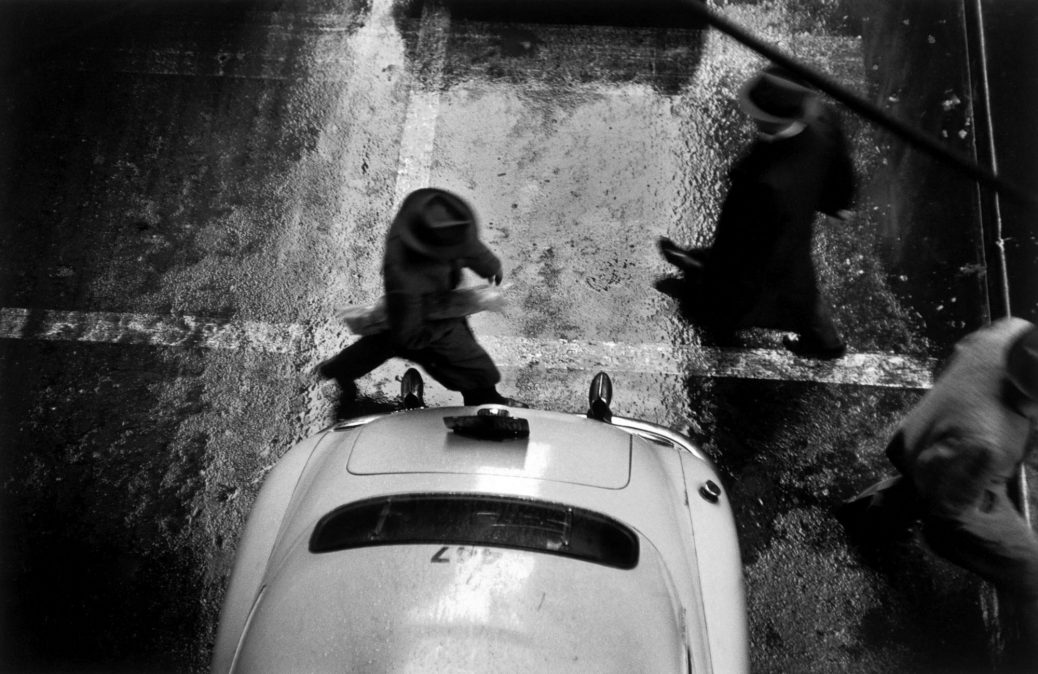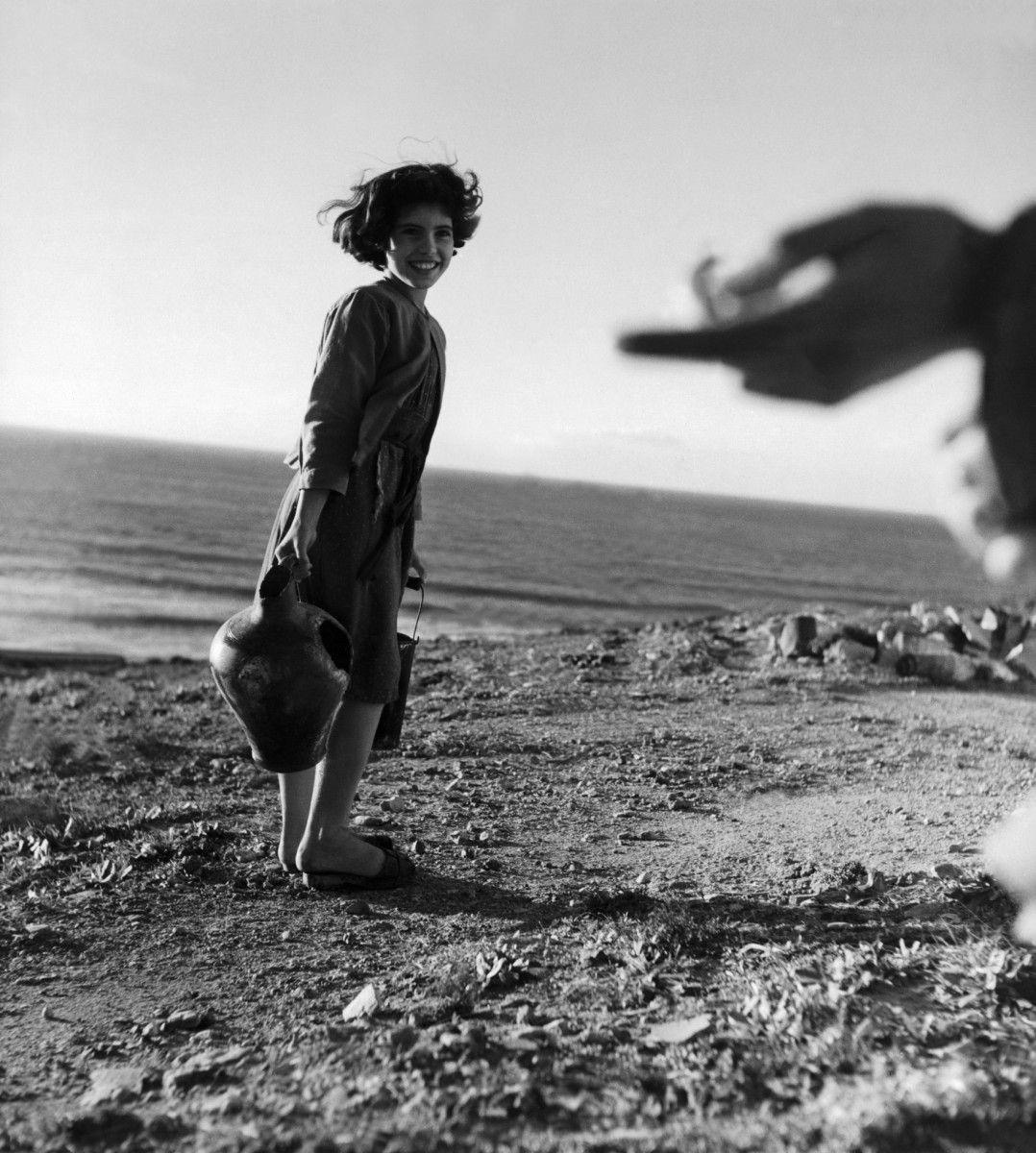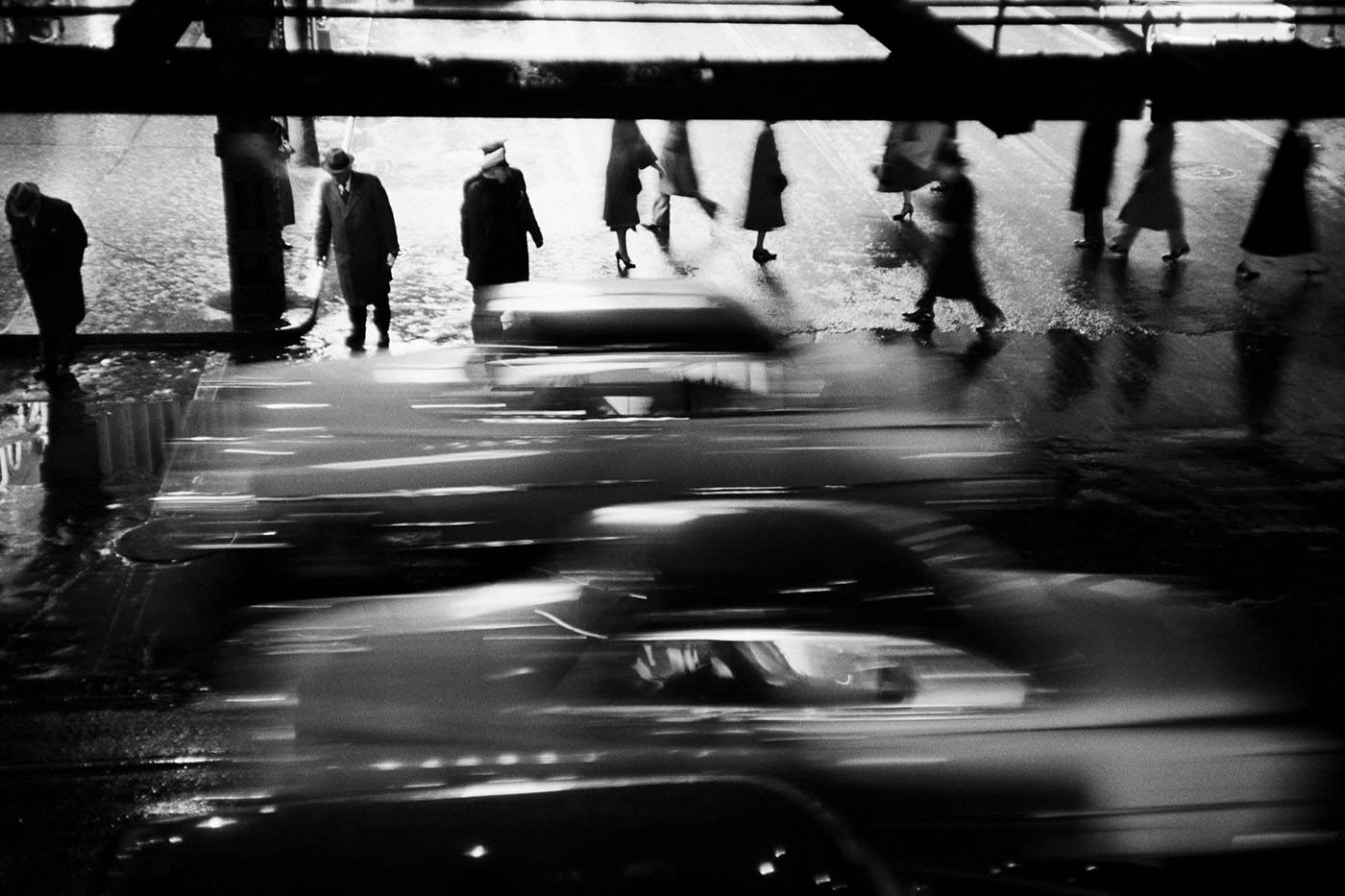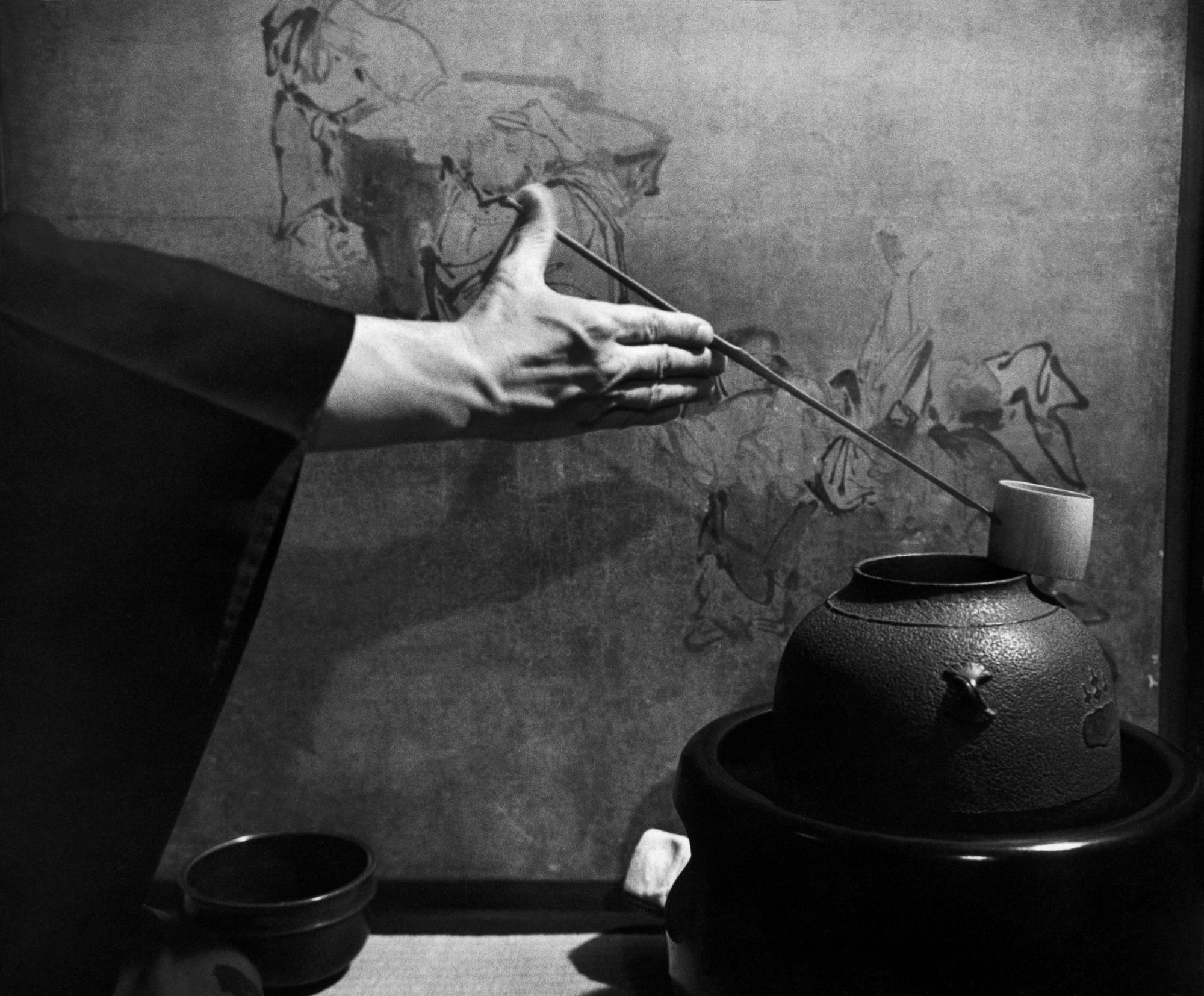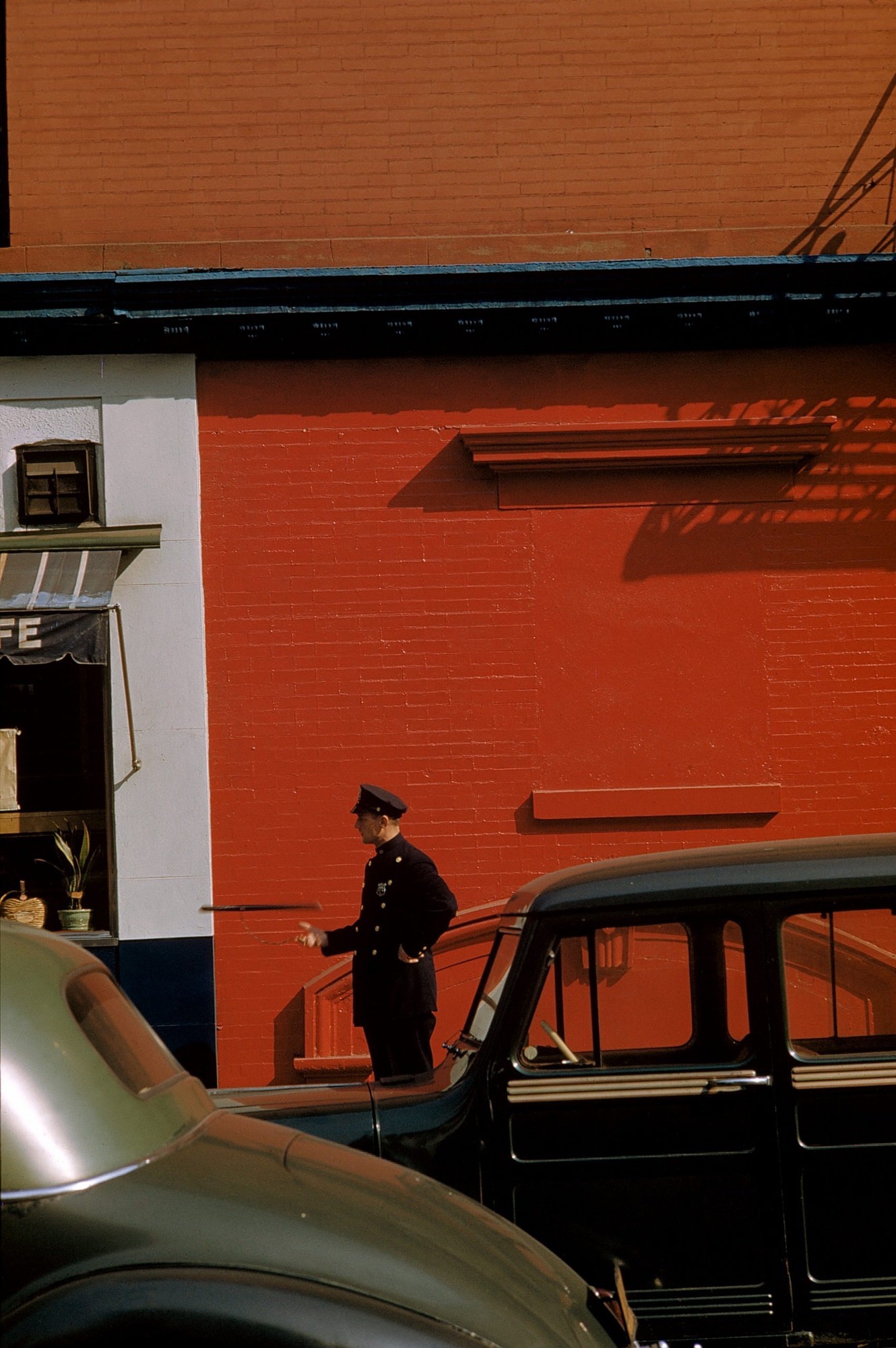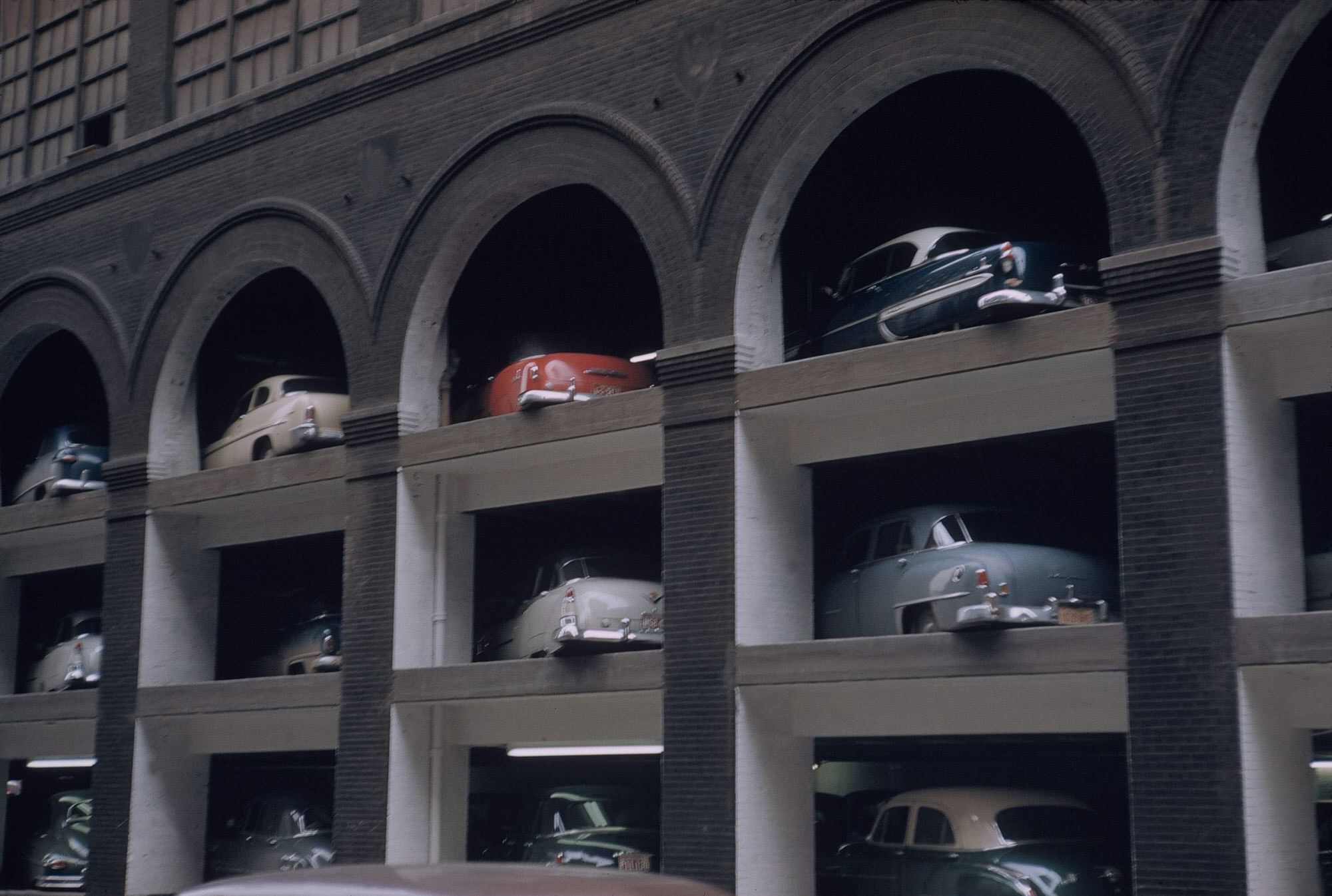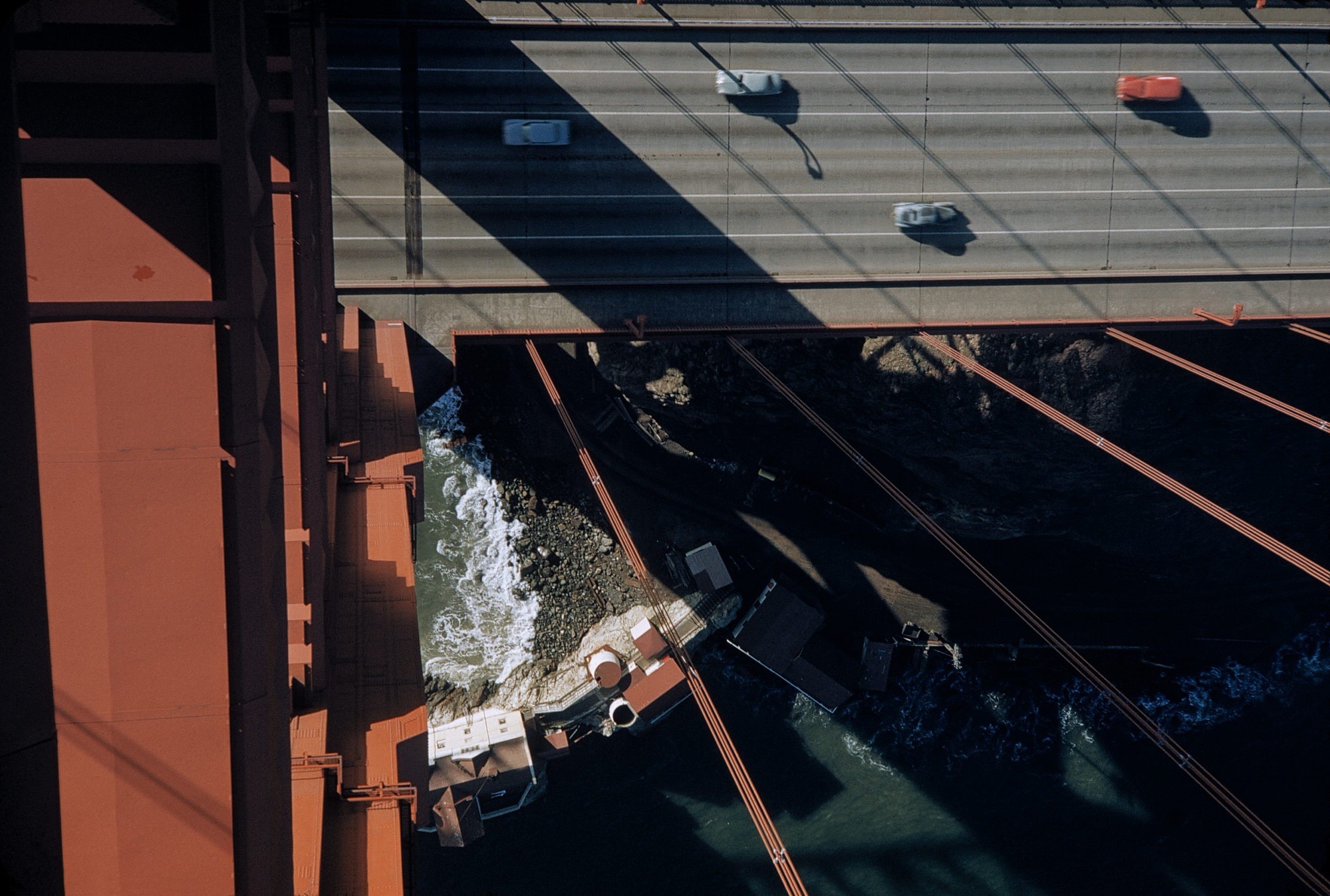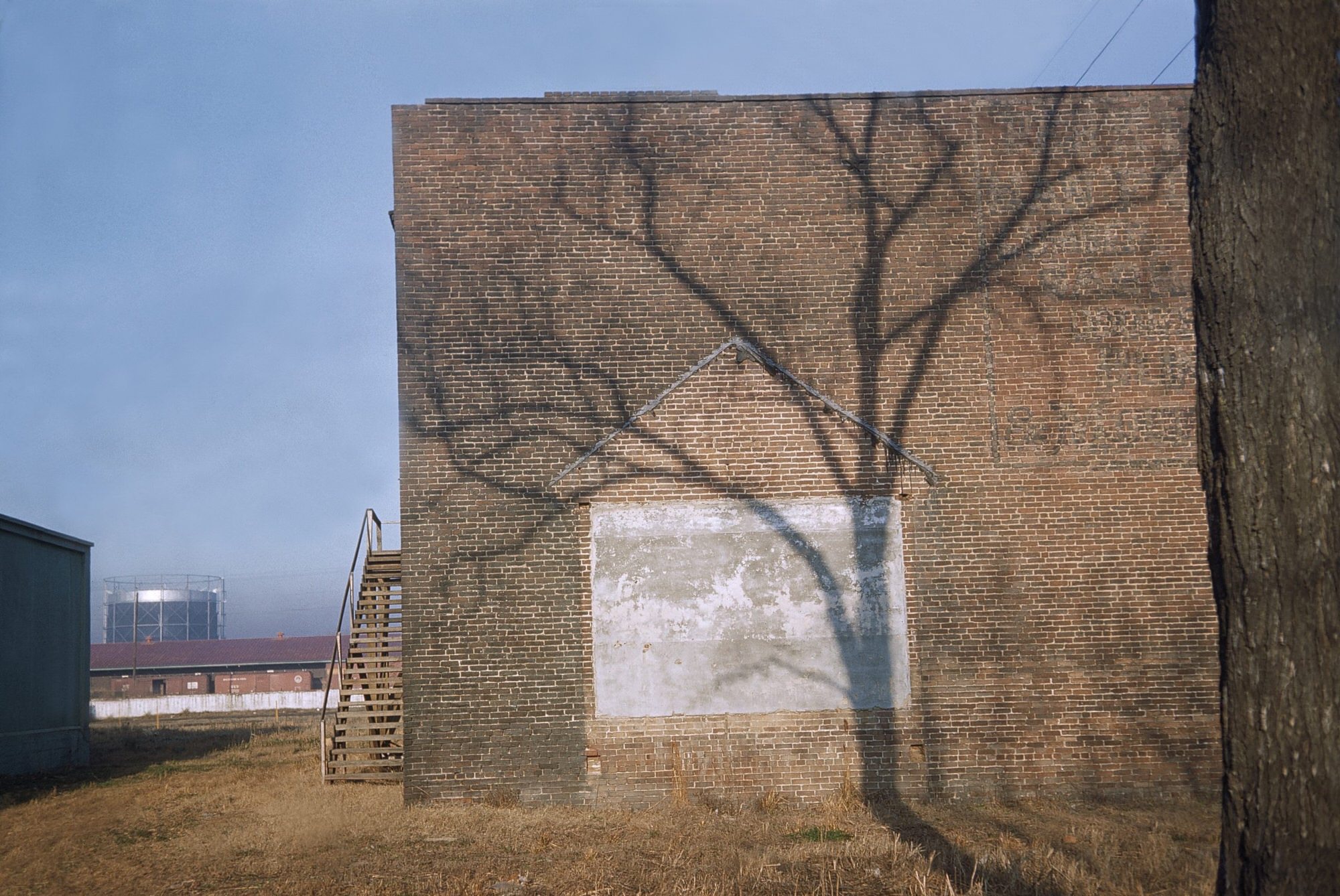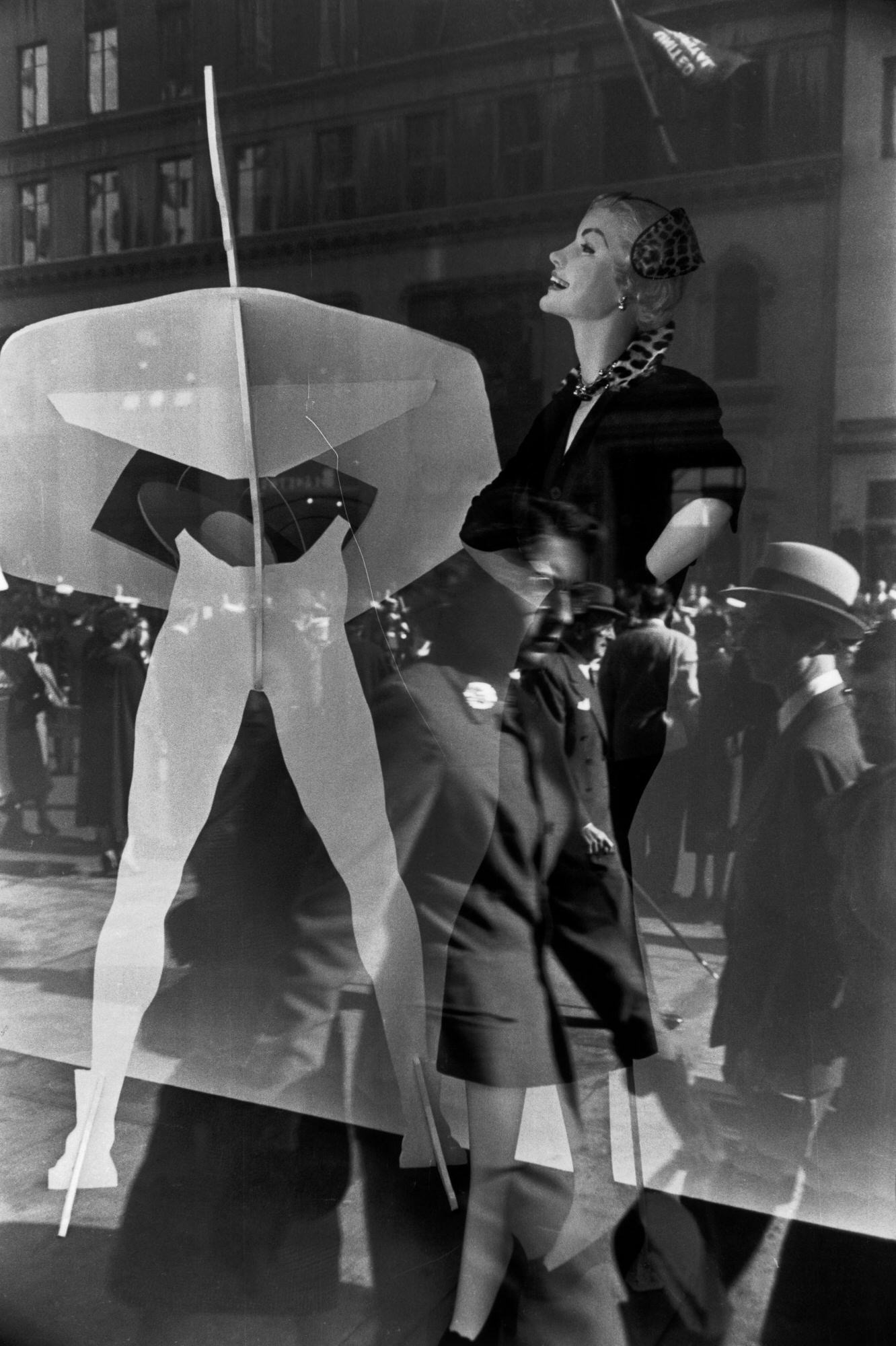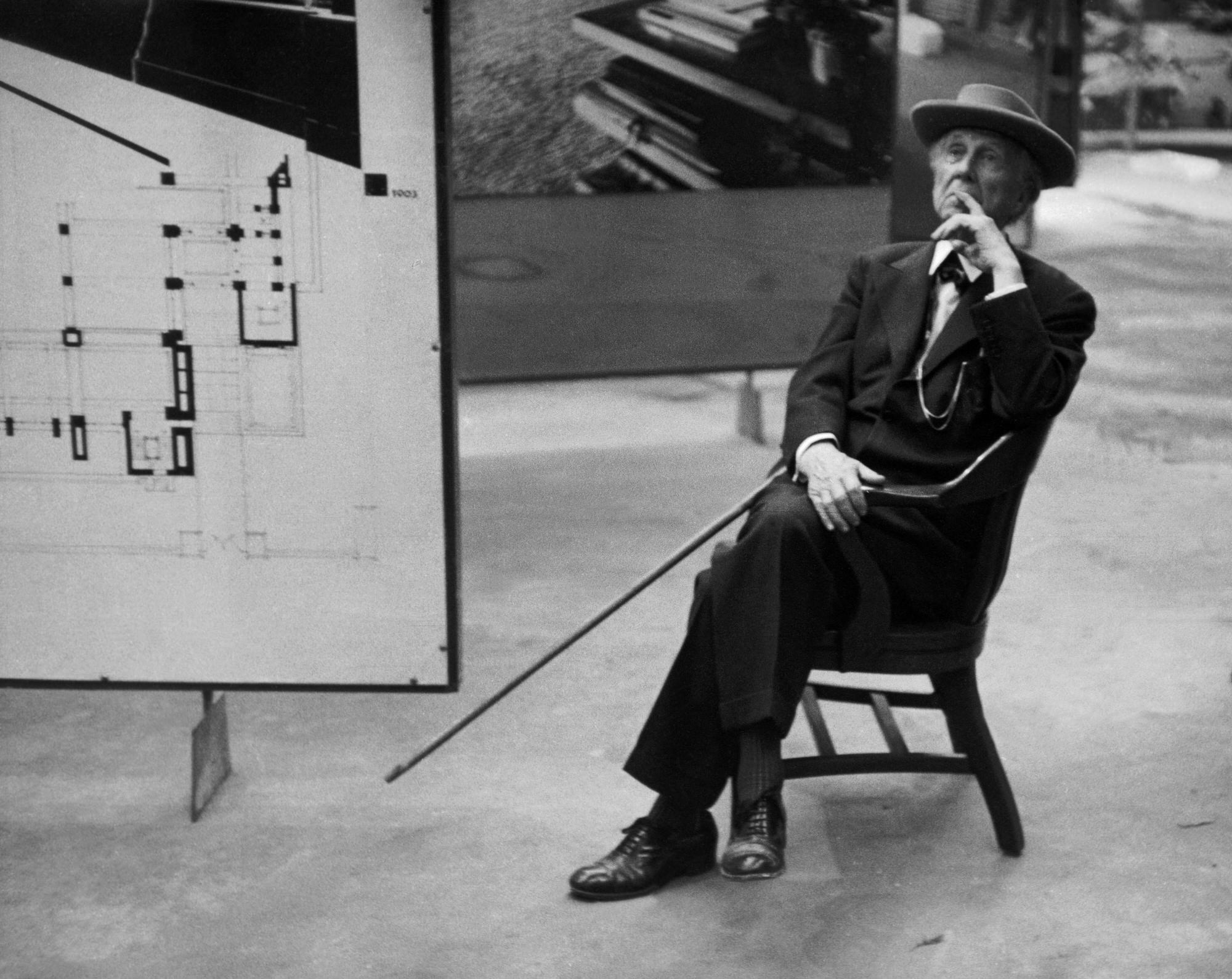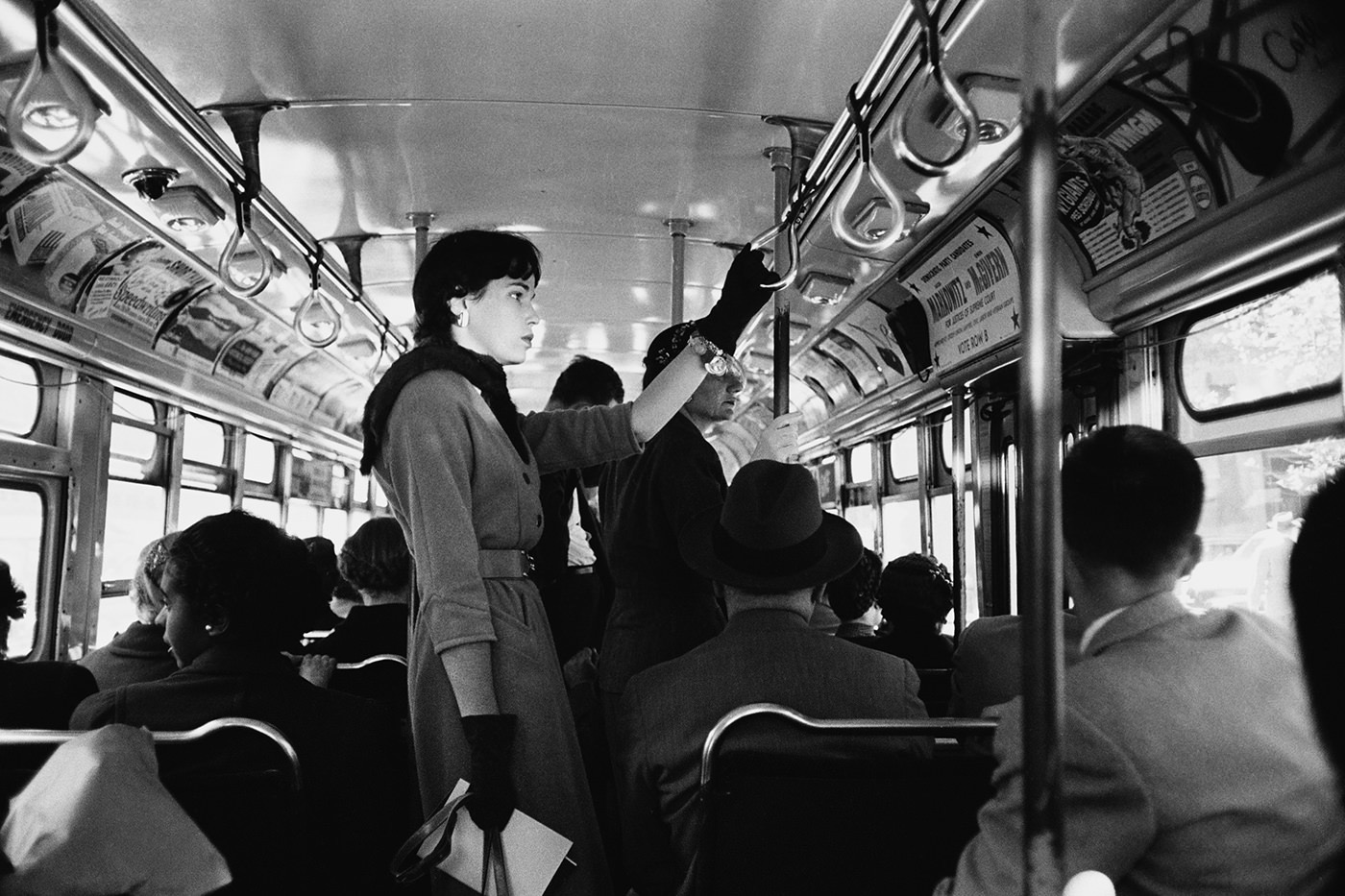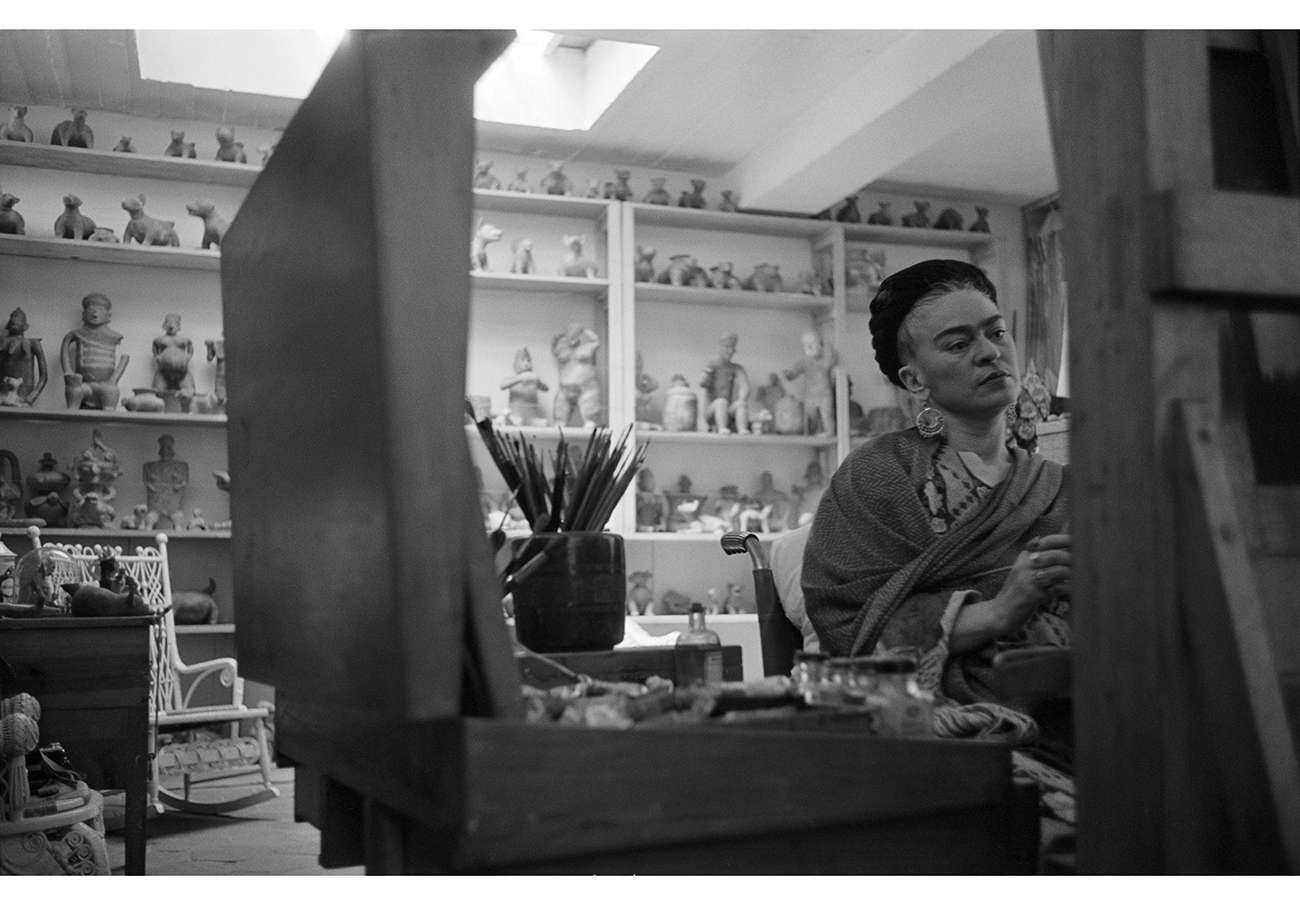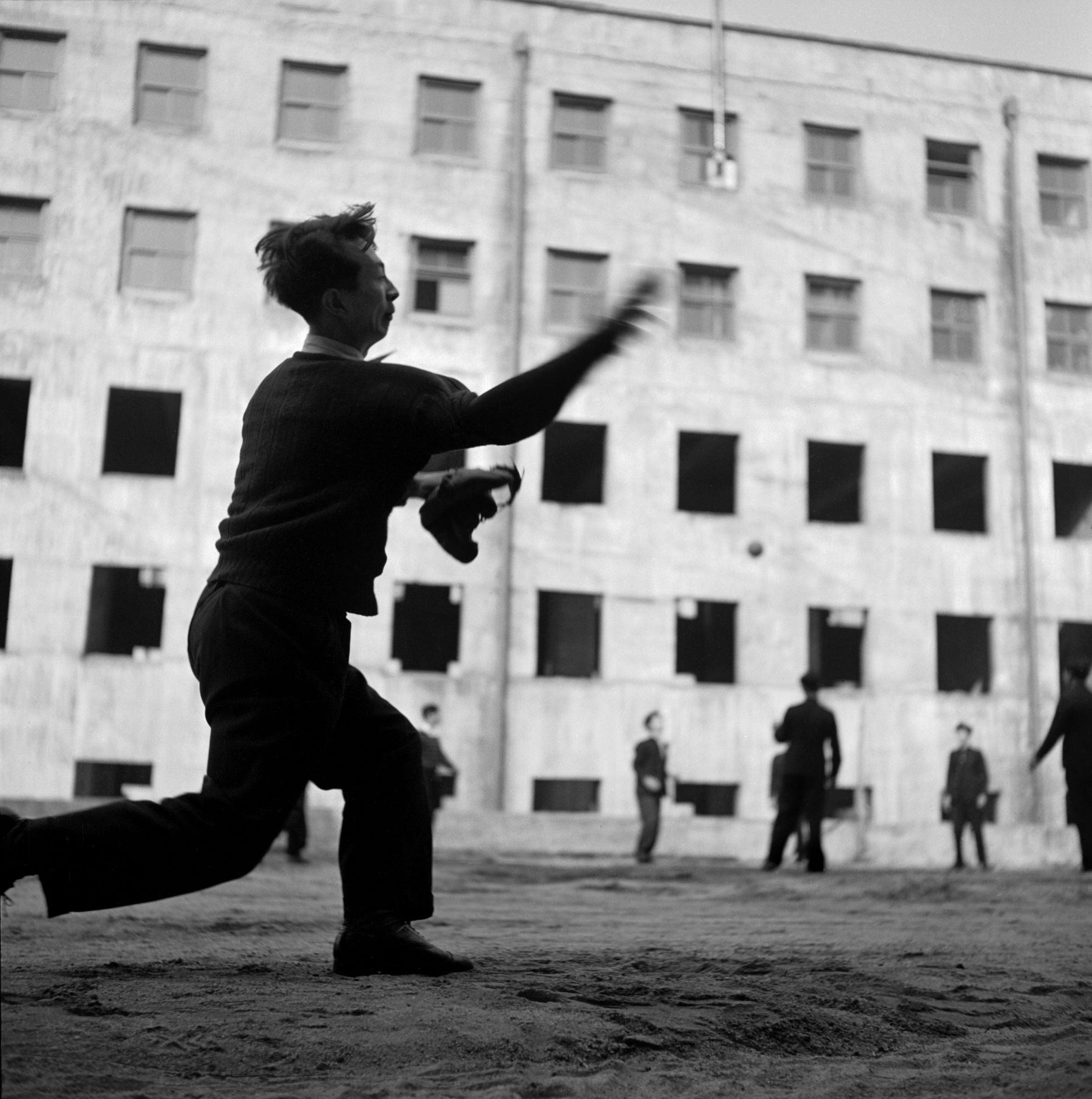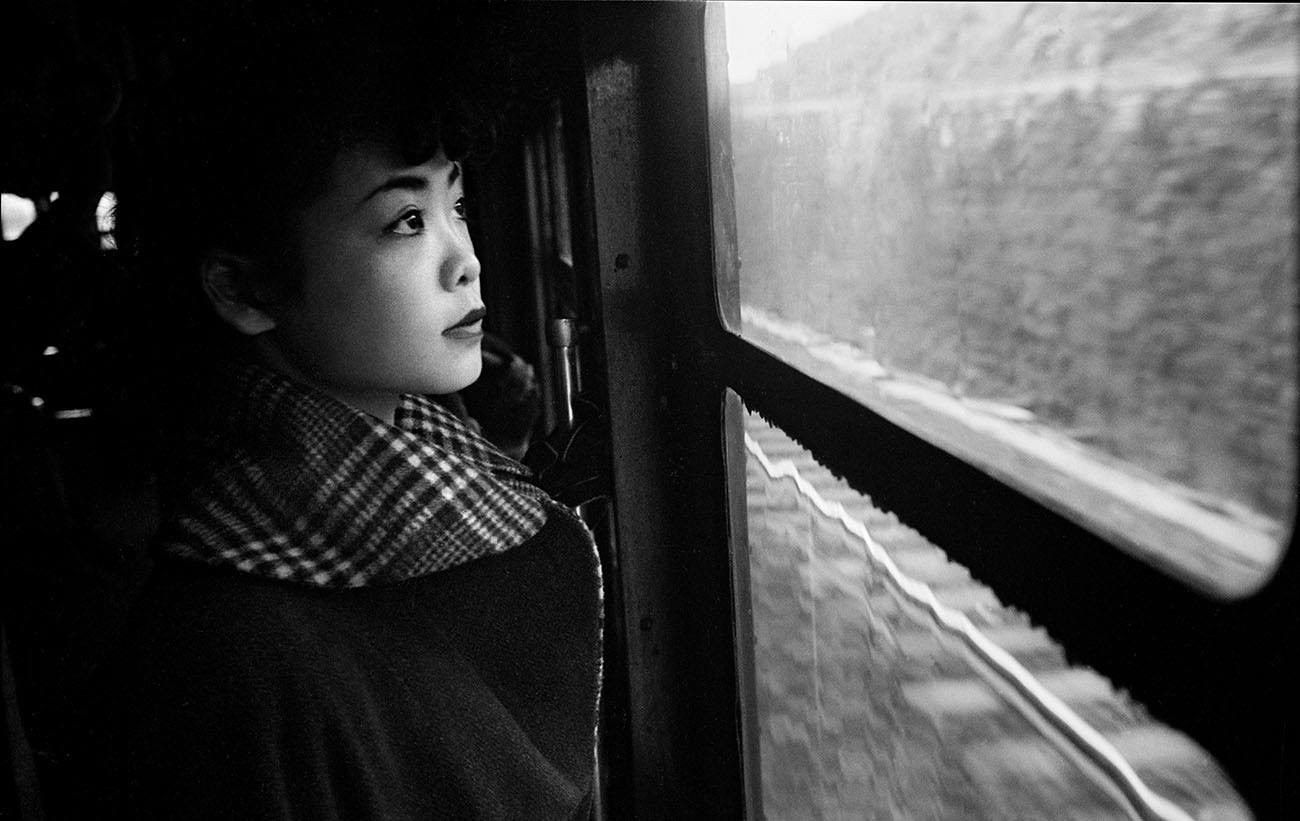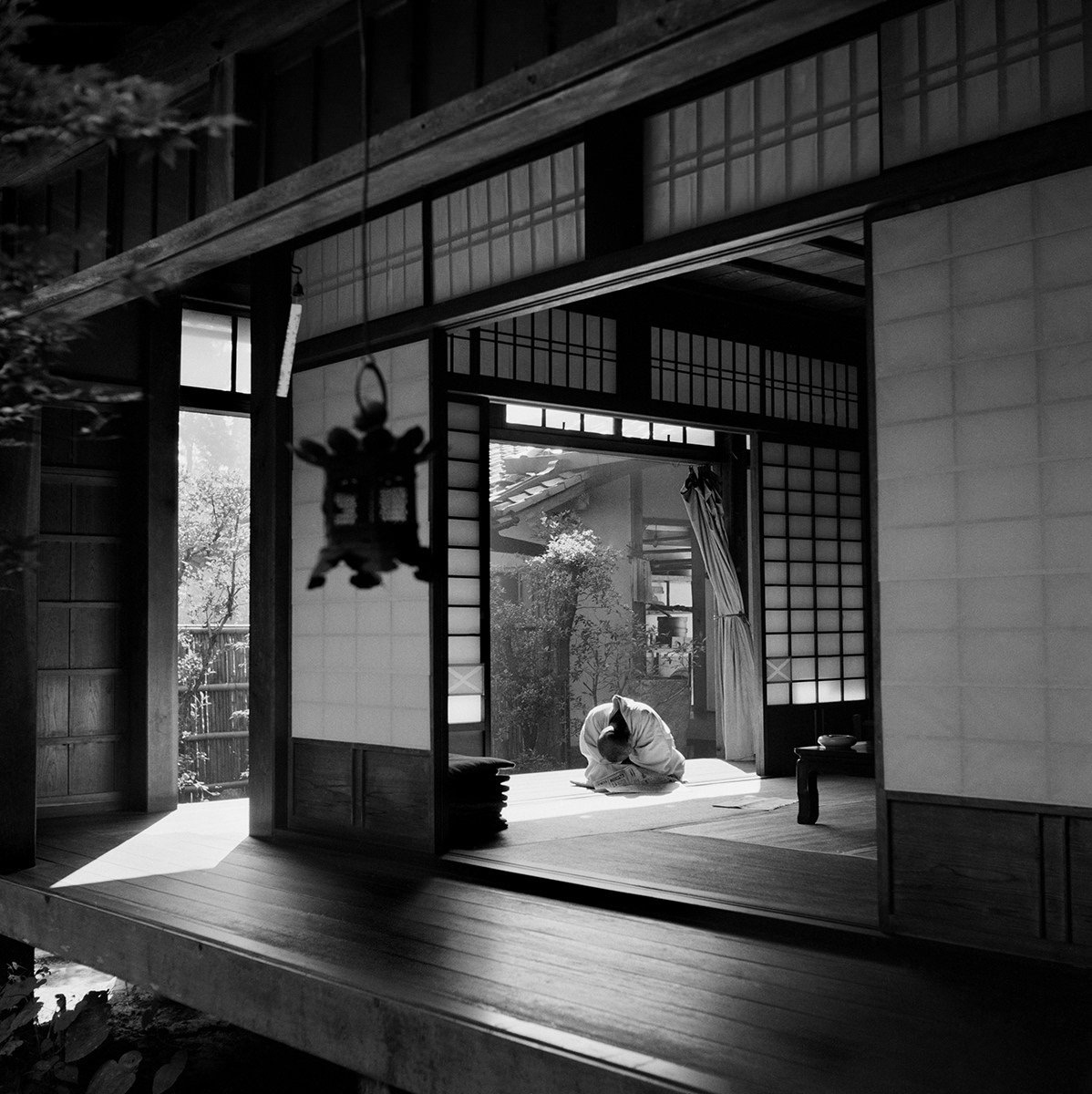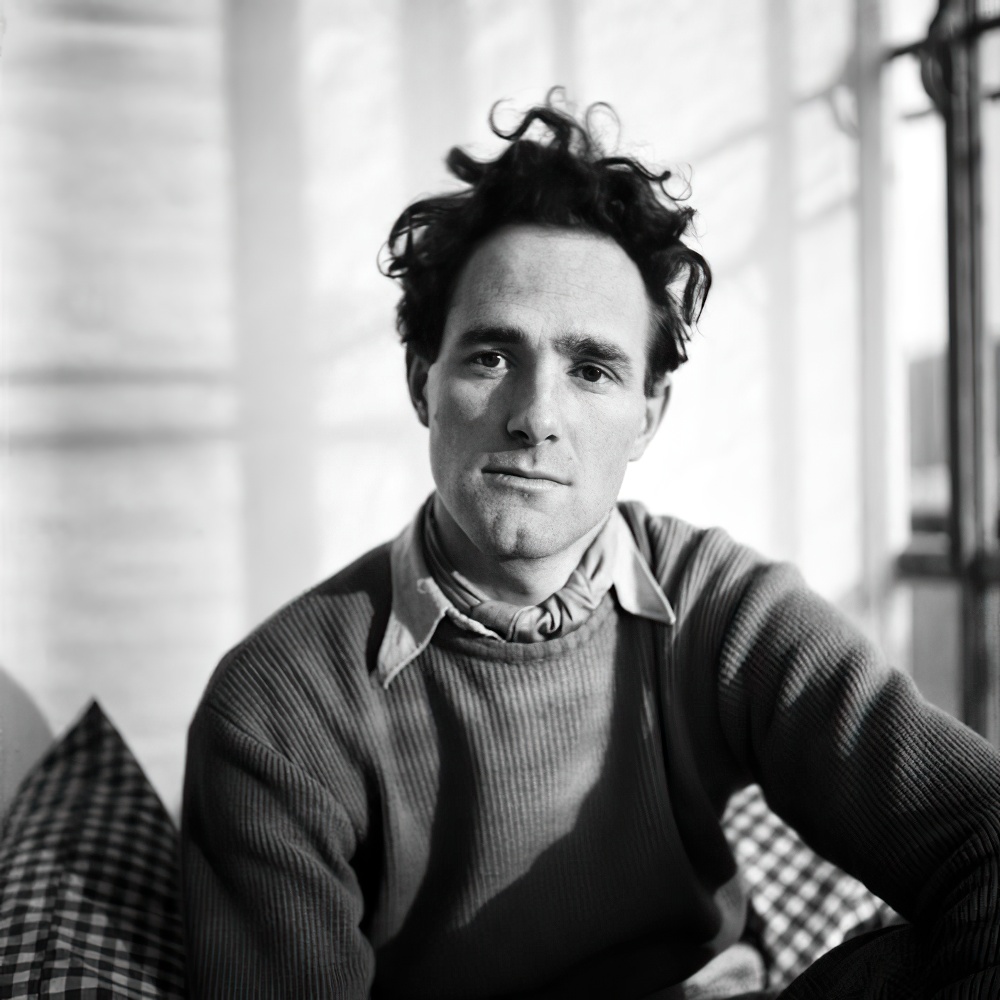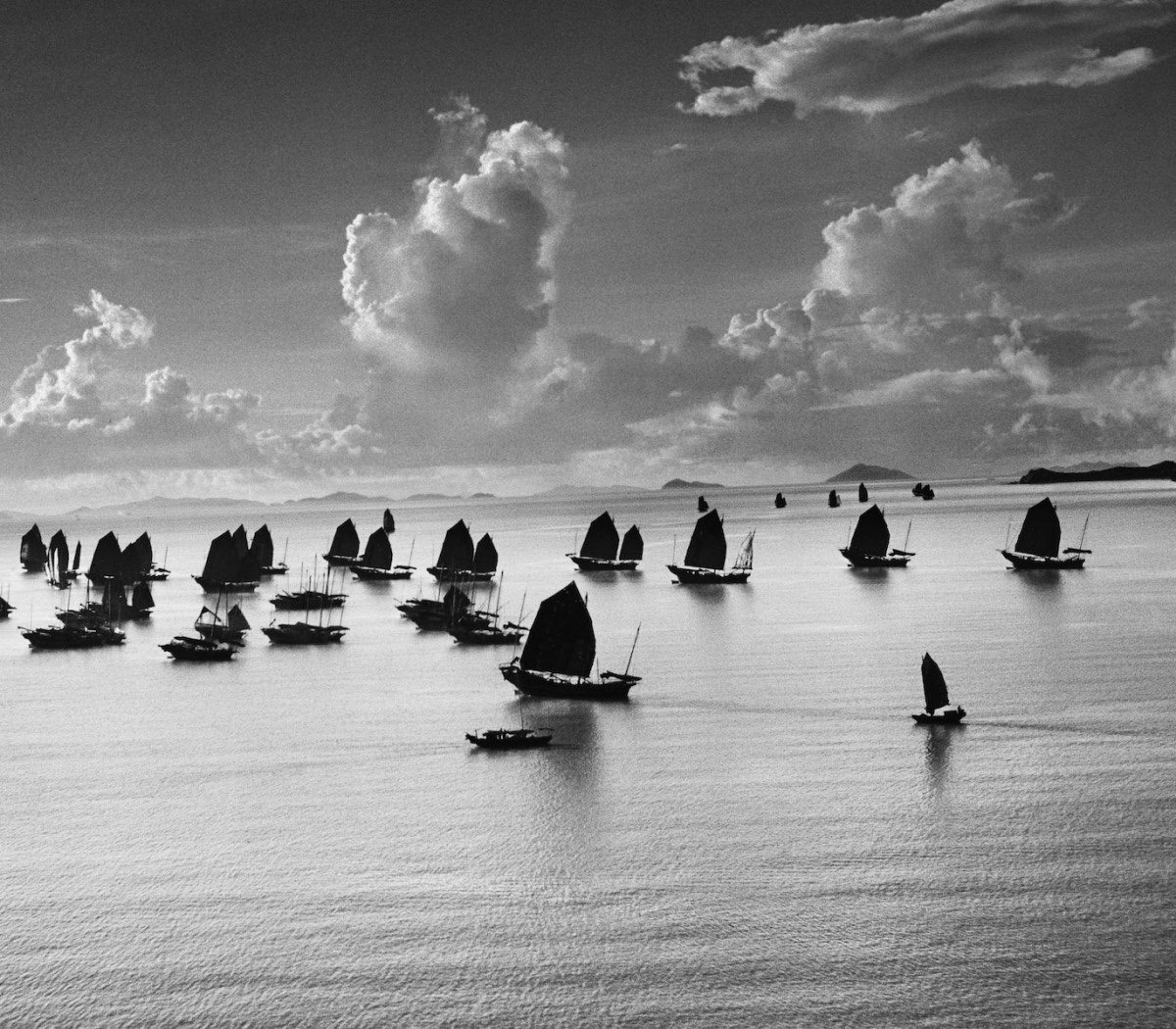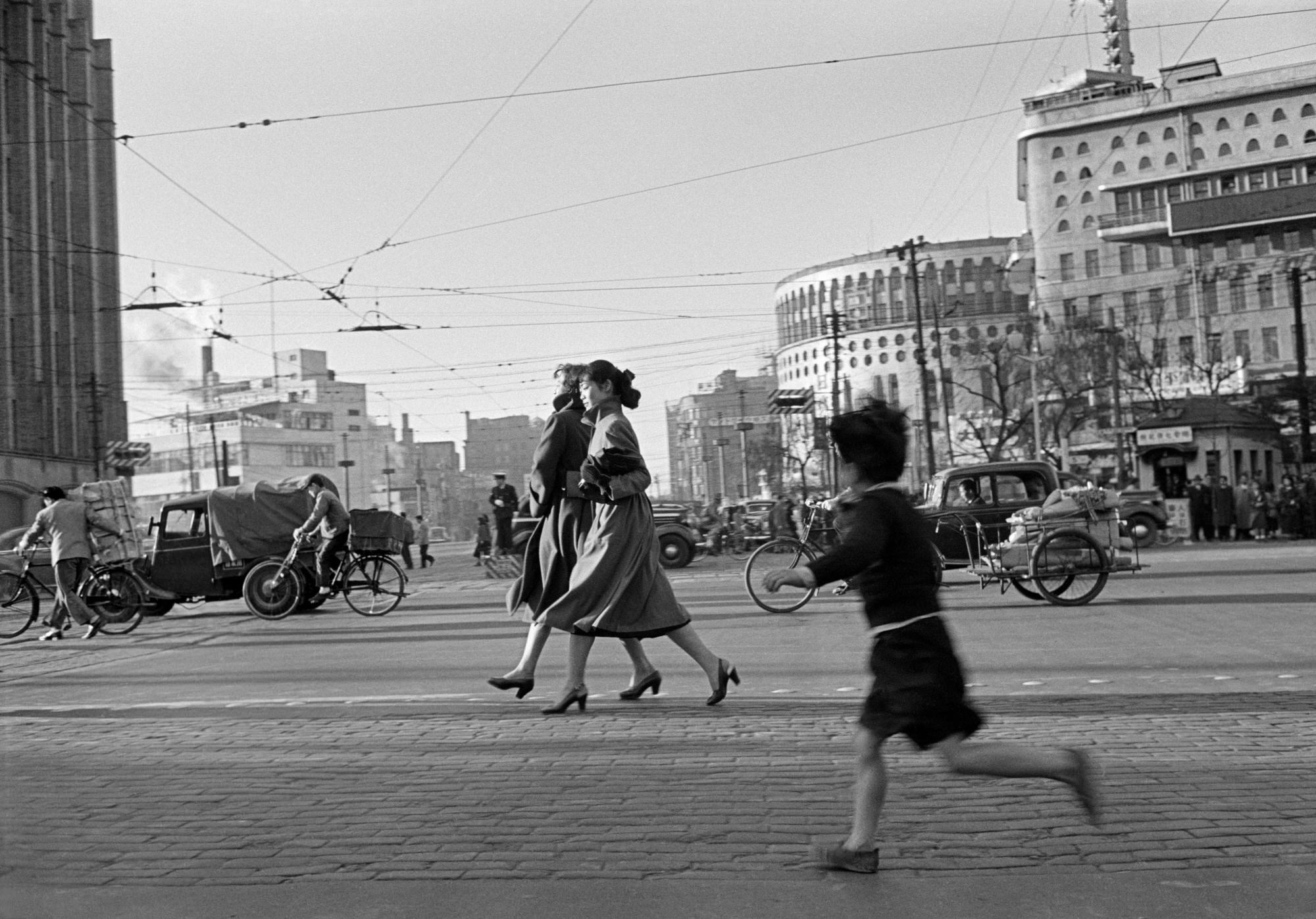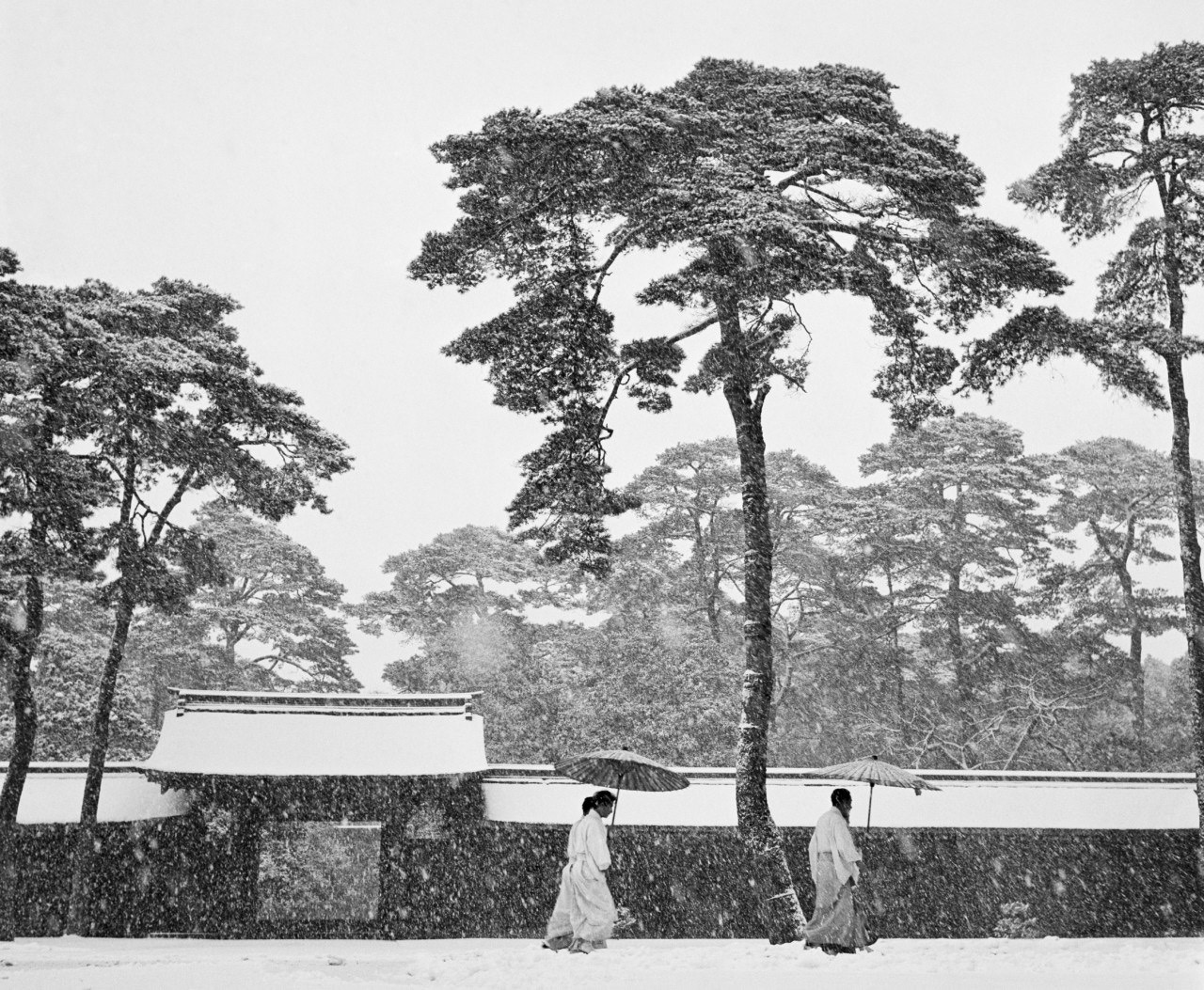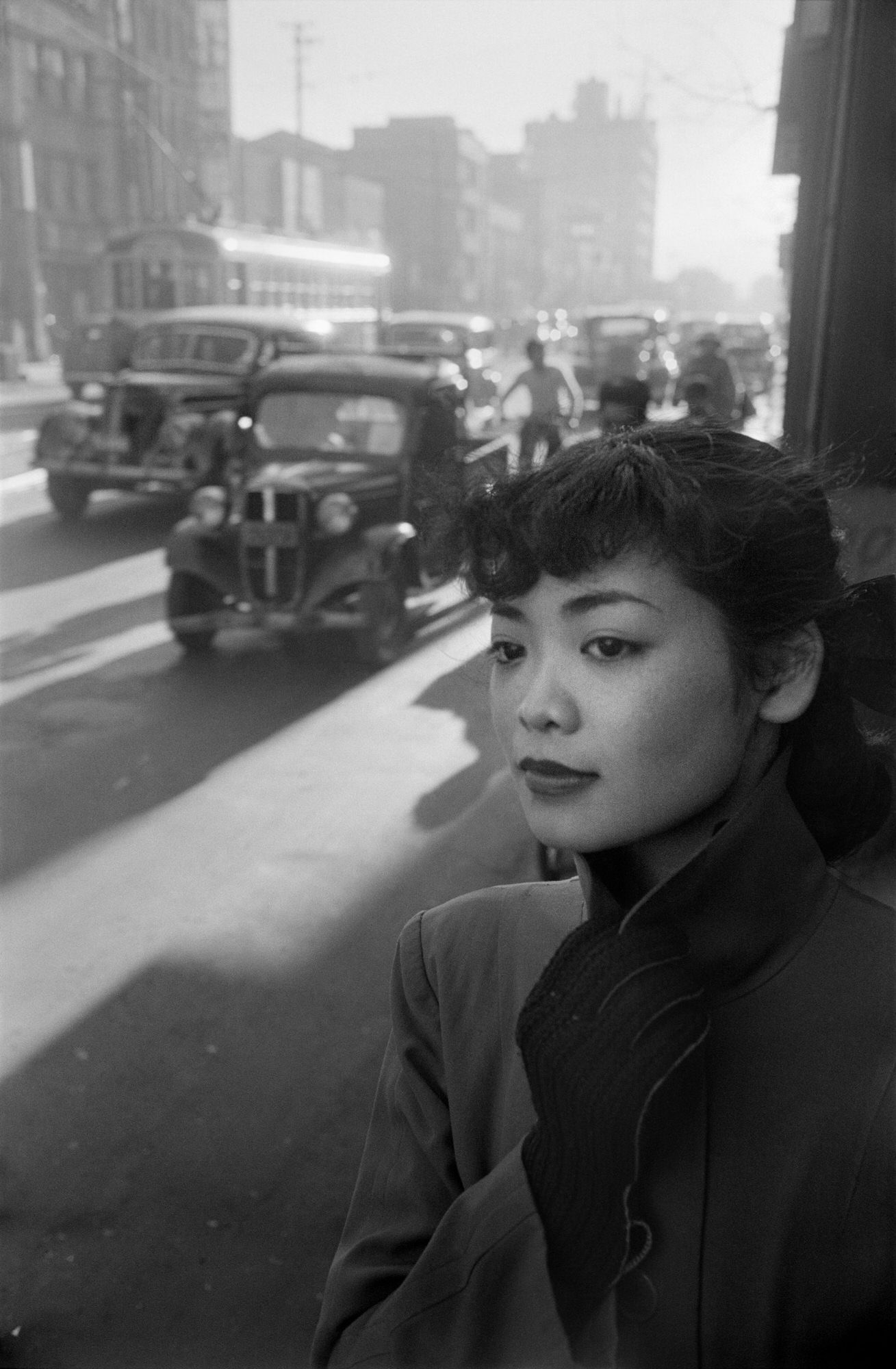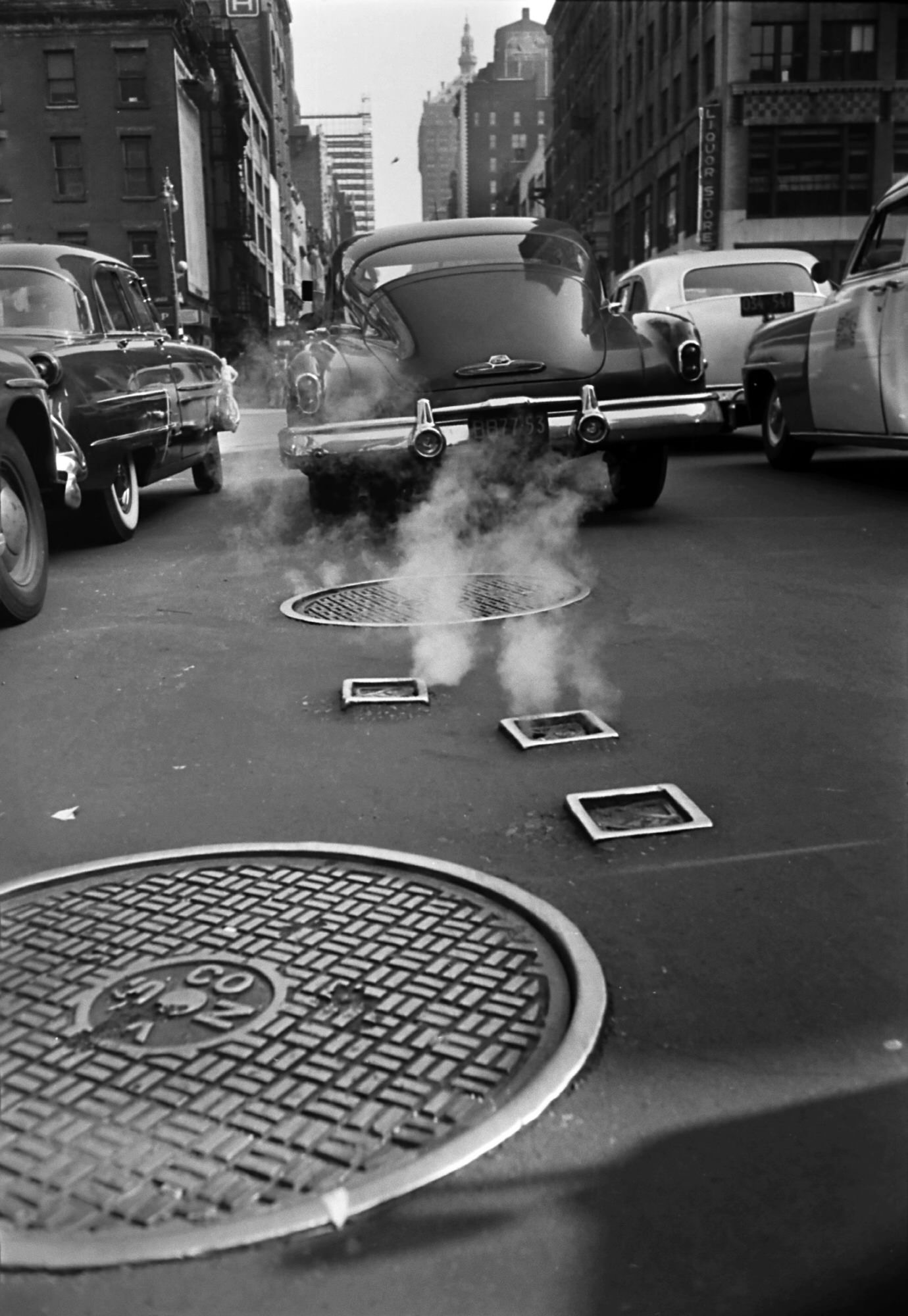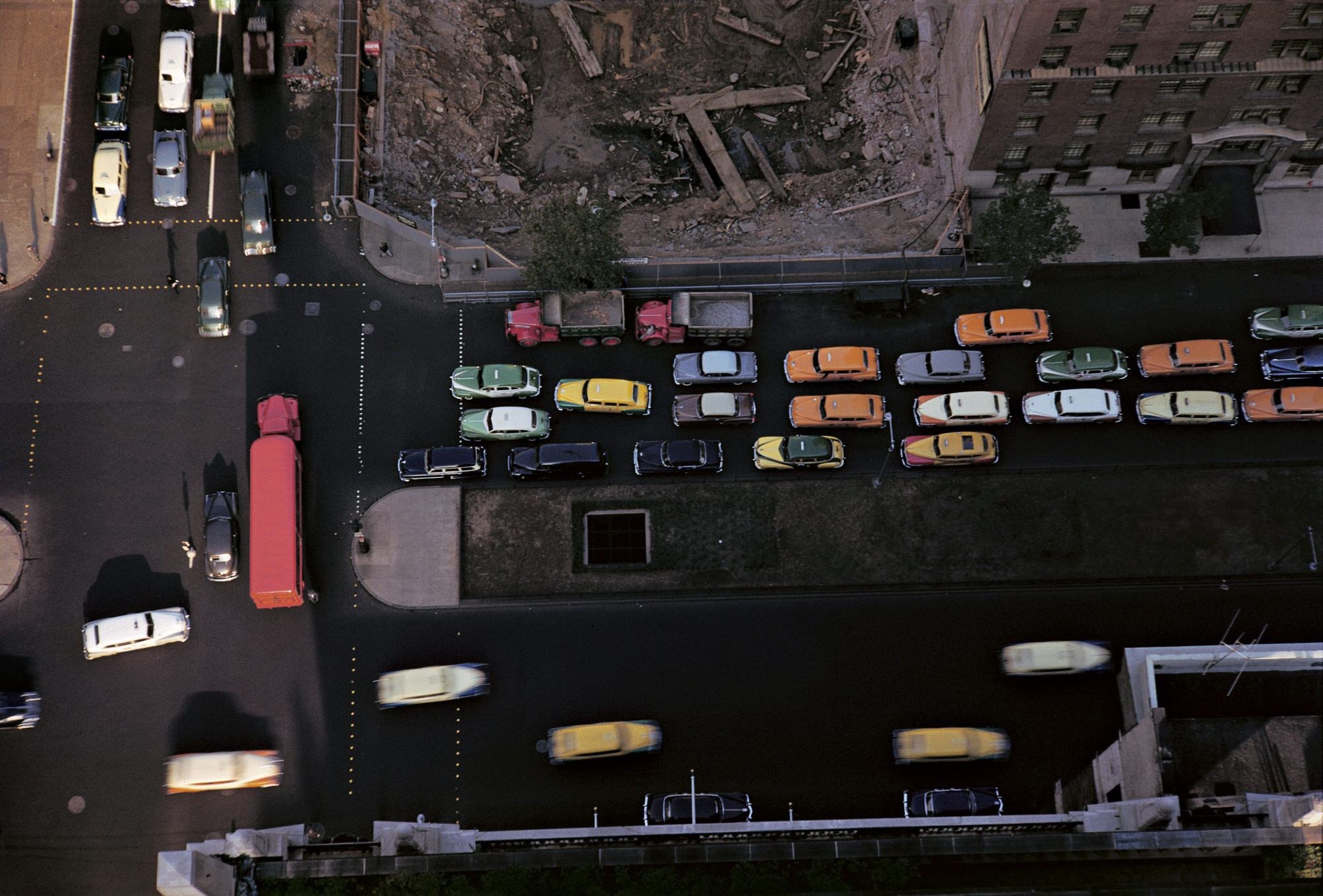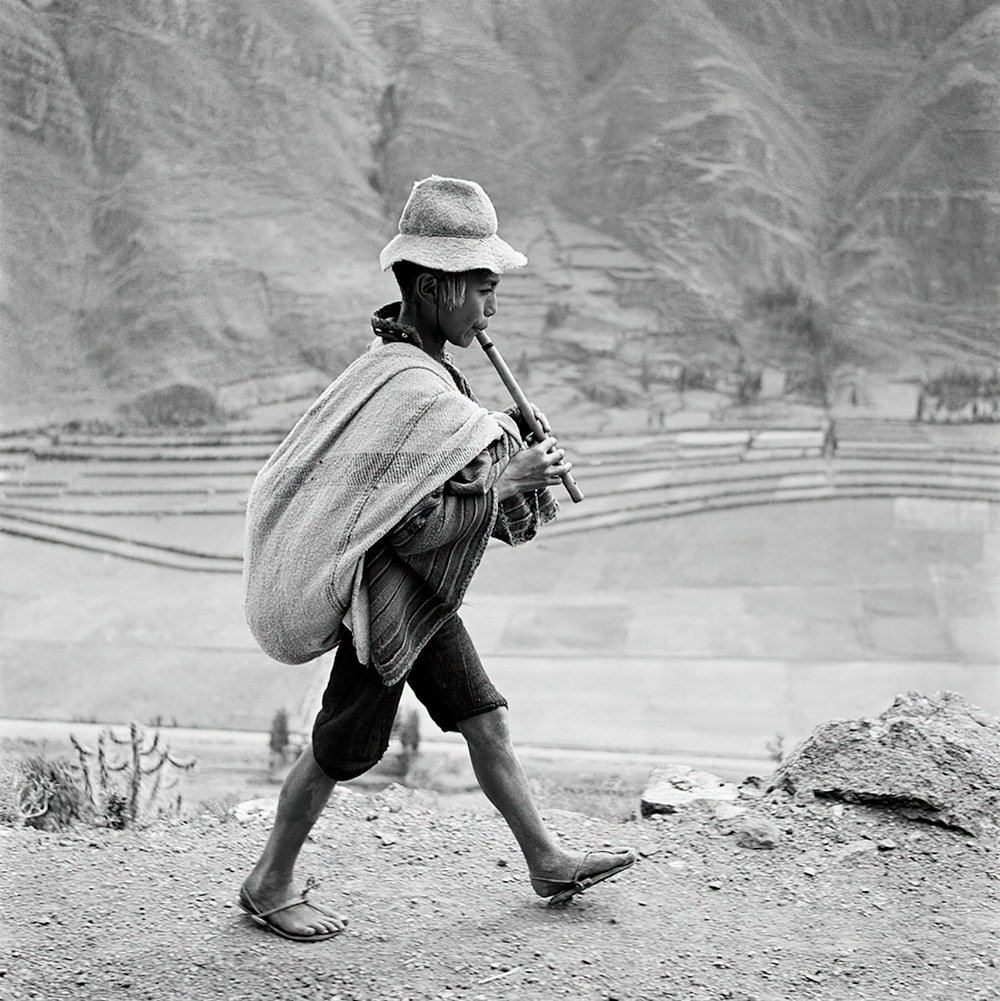Werner Bischof – A Life in Photographs
The Swiss-born photographer Werner Bischof was already receiving international recognition as early as 1945 after the publication of his work on the devastation caused by the Second World War – and close on the heels of opening his own photography and advertising studio in Zurich in 1942.
In the years that followed, Bischof traveled to Italy and Greece for Swiss Relief, an organization dedicated to post-war reconstruction. In 1948, he photographed the Winter Olympics in St Moritz for LIFE magazine. After trips to Eastern Europe, Finland, Sweden and Denmark, he also worked for Picture Post, The Observer, Illustrated and Epoca. Significantly, Bischof was the first photographer to join Magnum Photos after its formation in 1949 by Henri Cartier-Bresson, Robert Capa, George Rodger and David ‘Chim’ Seymour.
Among others, the works in the exhibition include colour photographs taken in New York in 1953, Bischof’s Japanese images, which have now become instantly recognisable and synonymous with his name, and poignantly his work in a remote part of Peru taken the month he died – Werner Bischof tragically died in a road accident in the Andes in May 1954.
Leica Camera UK is proud to collaborate with the Estate of Werner Bischof and bring to London for the first time oversized prints of some of Bischof’s most revered icons.
About the Author
Werner Bischof ( b.1916, d. 1954) was born in Switzerland. He studied photography with Hans Finsler in his native Zurich at the School for Arts and Crafts, then opened a photography and advertising studio. In 1942, he became a freelancer for Du magazine, which published his first major photo essays in 1943. Bischof received international recognition after the publication of his 1945 reportage on the devastation caused by the Second World War.
In the years that followed, Bischof traveled in Italy and Greece for Swiss Relief, an organization dedicated to post-war reconstruction. In 1948, he photographed the Winter Olympics in St Moritz for LIFE magazine. After trips to Eastern Europe, Finland, Sweden and Denmark, he worked for Picture Post, The Observer, Illustrated, and Epoca. He was the first photographer to join Magnum with the founding members in 1949.
Disliking the ‘superficiality and sensationalism’ of the magazine business, he devoted much of his working life to looking for order and tranquility in traditional culture, something that did not endear him to picture editors looking for hot topical material. Nonetheless, he found himself sent to report on the famine in India by Life magazine (1951), and he went on to work in Japan, Korea, Hong Kong and Indochina. The images from these reportages were used in major picture magazines throughout the world.
In the autumn of 1953, Bischof created a series of expansively composed color photographs of the USA. The following year he traveled throughout Mexico and Panama, and then on to a remote part of Peru, where he was engaged in making a film. Tragically, Bischof died in a road accident in the Andes on 16 May 1954, only nine days before Magnum founder Robert Capa lost his life in Indochina.
Werner Bischof – A Life in Photographs
07/04/2022 – 08/05/2022
Leica Gallery – London
More info on:
https://leica-camera.com/it-IT/Leica-Galleries/Leica-Gallery-London

